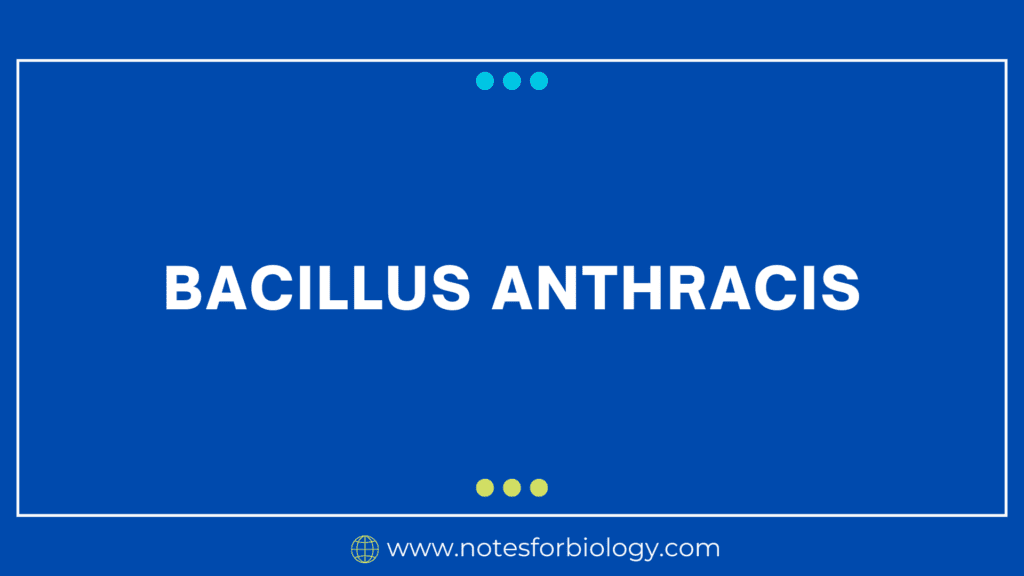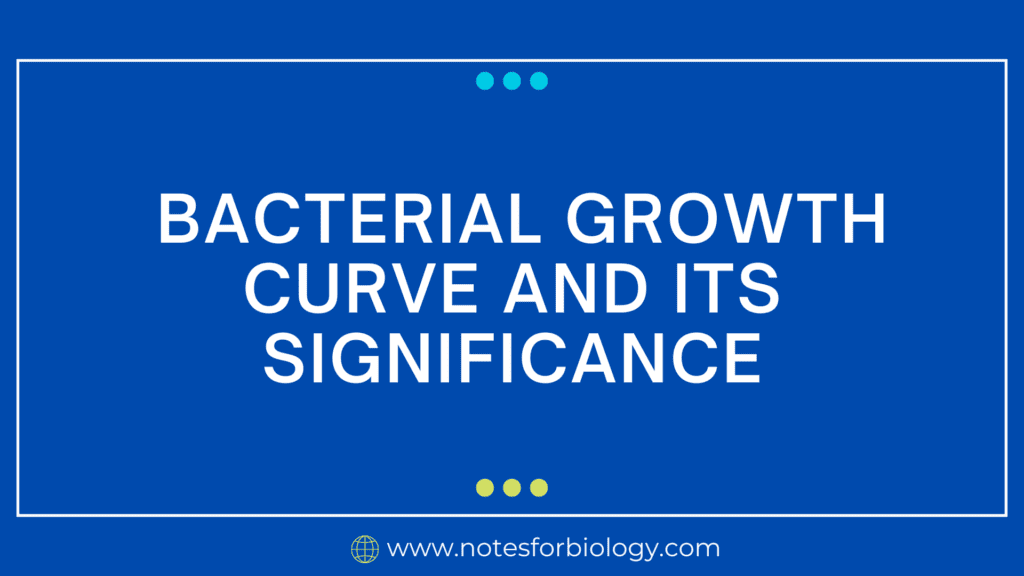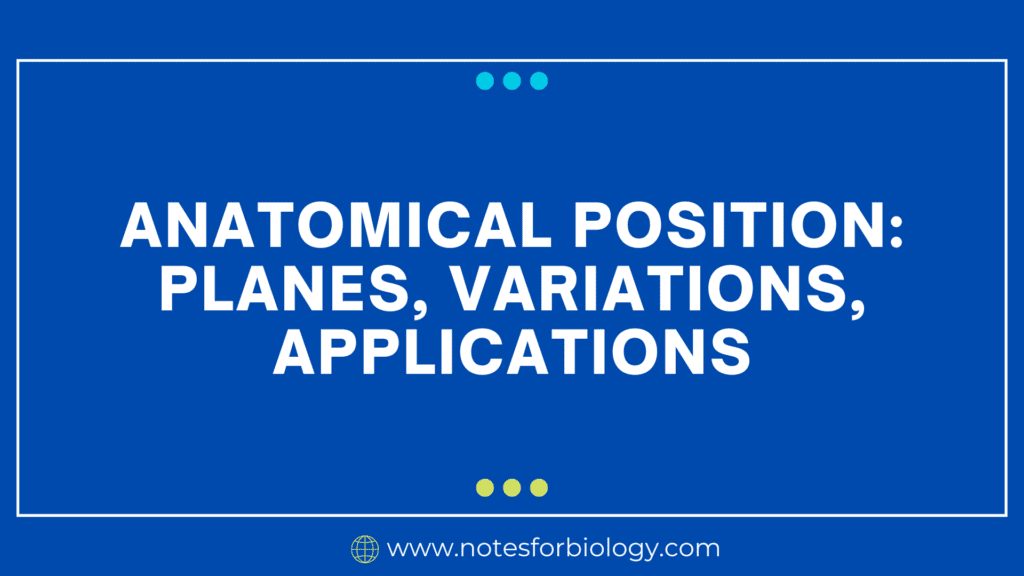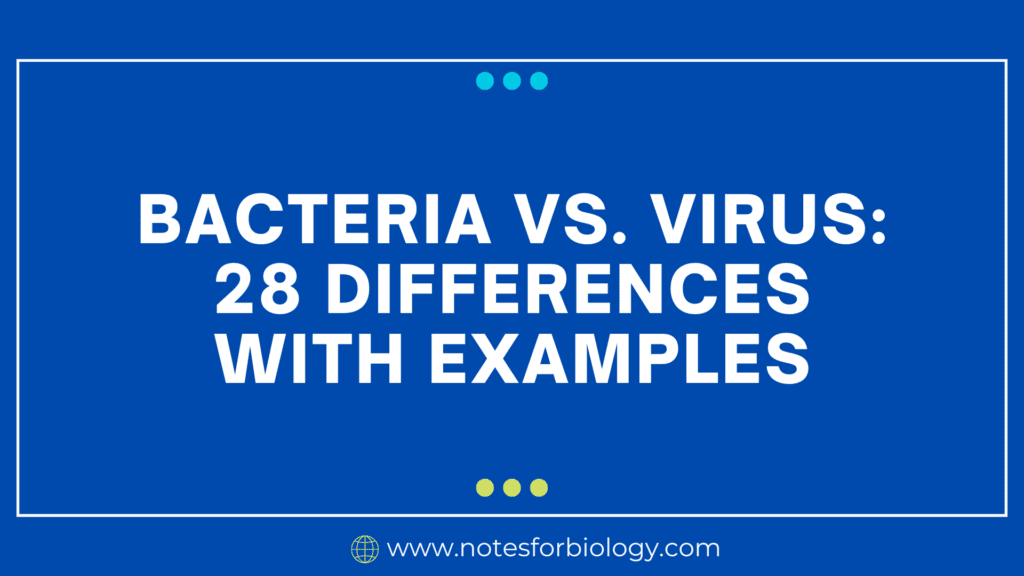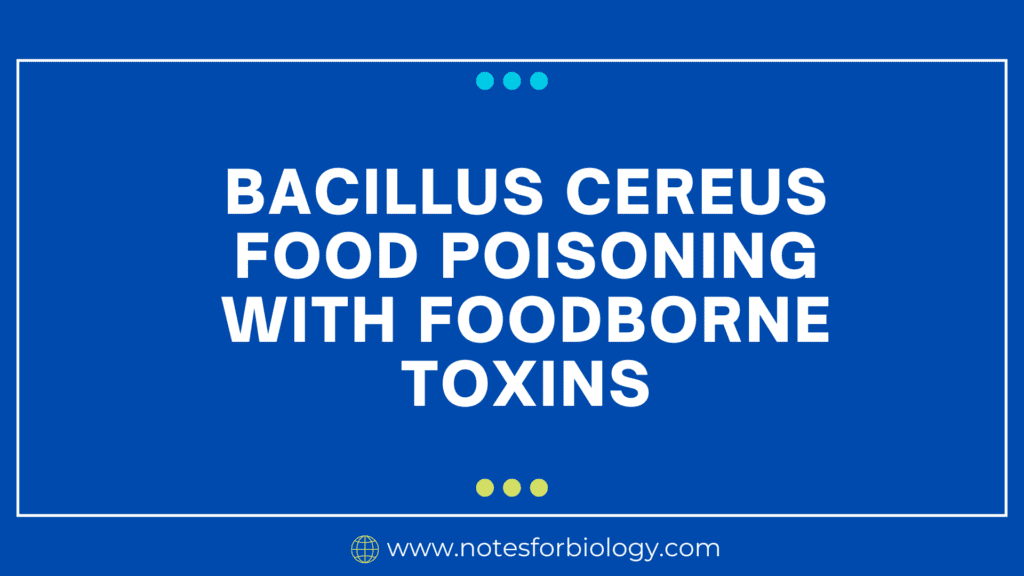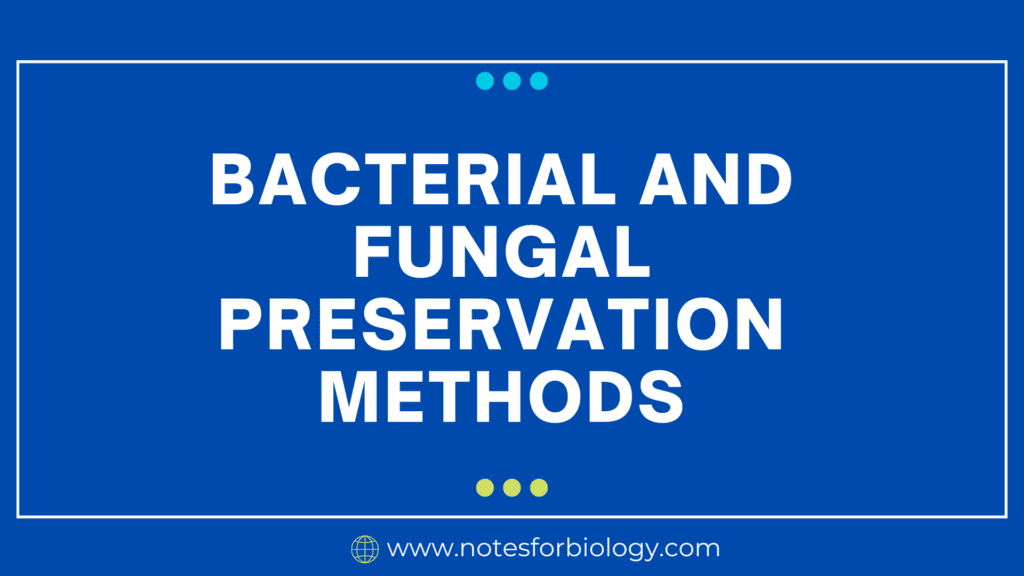Bacillus anthracis- An Overview
Introduction to Bacillus anthracis Anthrax is a serious infectious disease that is caused by the rod-shaped, Gram-positive bacterium Bacillus anthracis. It is remarkable for its capacity to produce hardy spores that enable it to endure in unforgiving environments. The consequences of this pathogen for bioterrorism and public health are substantial. An bacterium that is found […]

